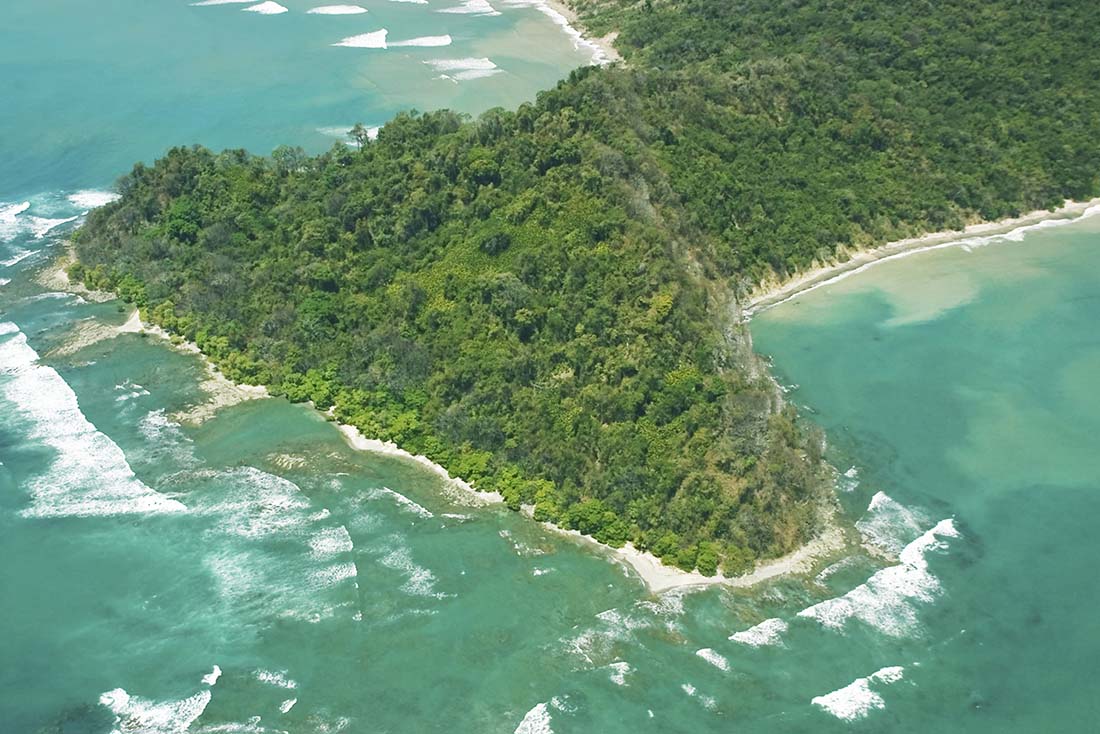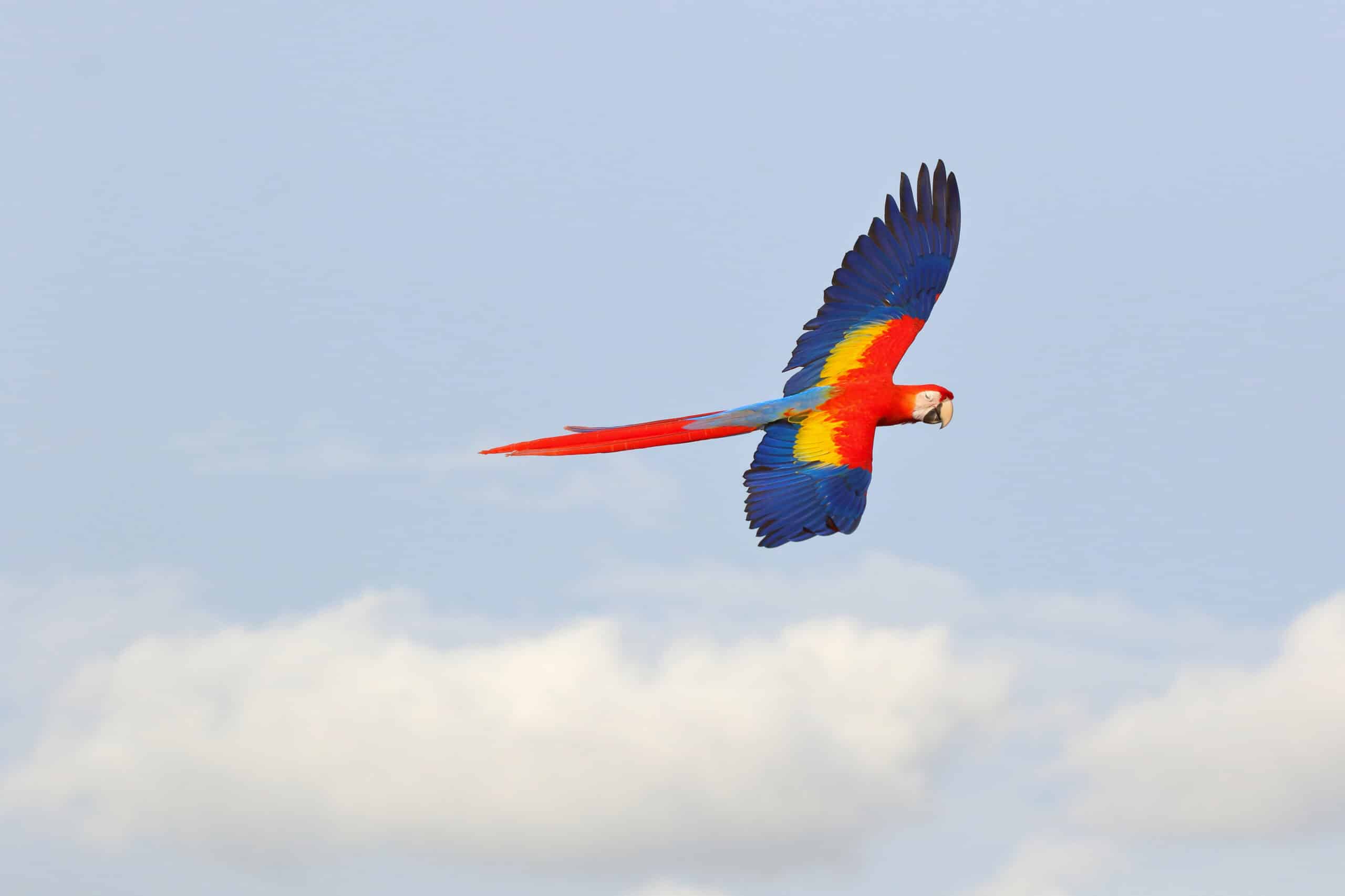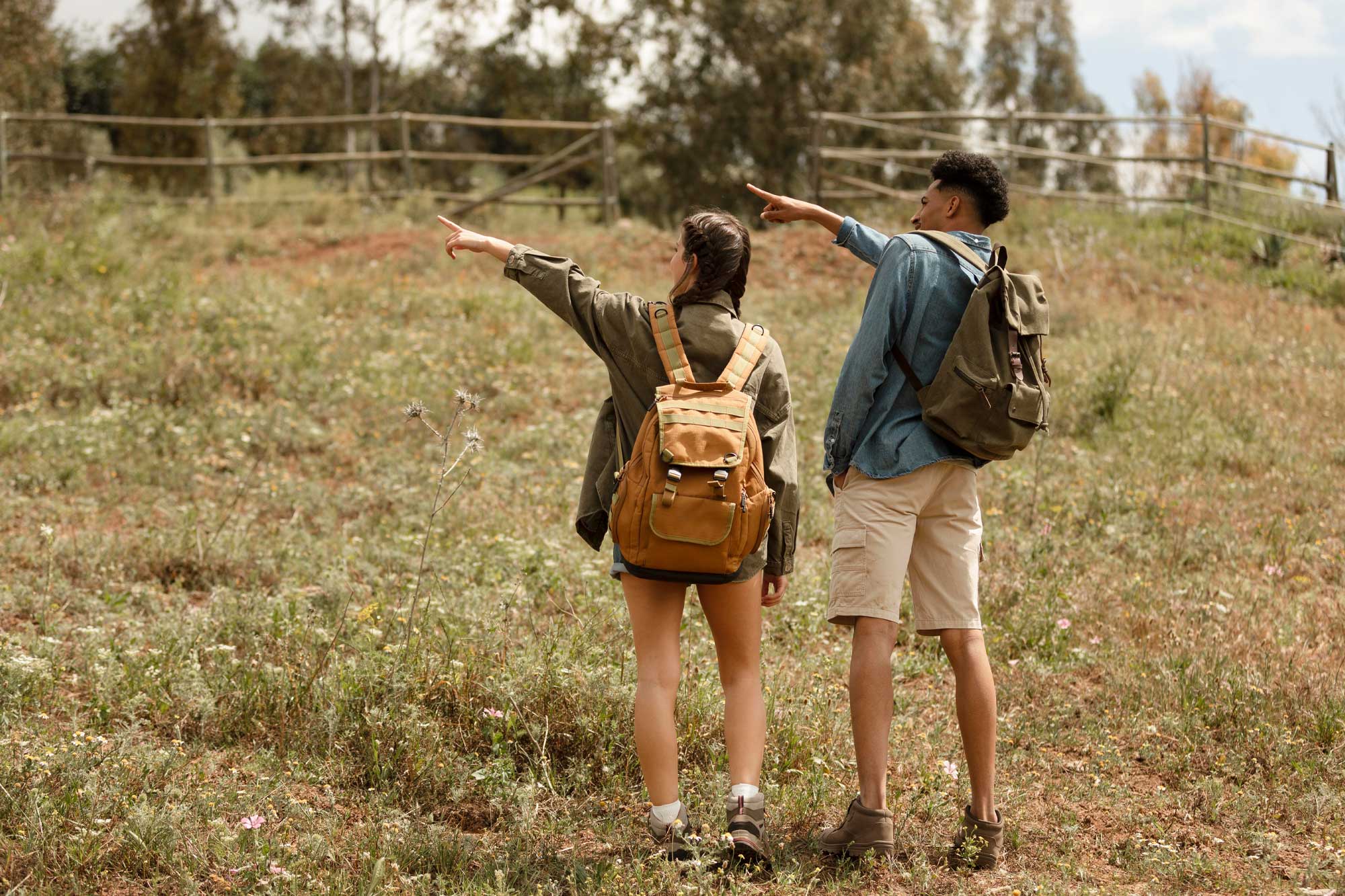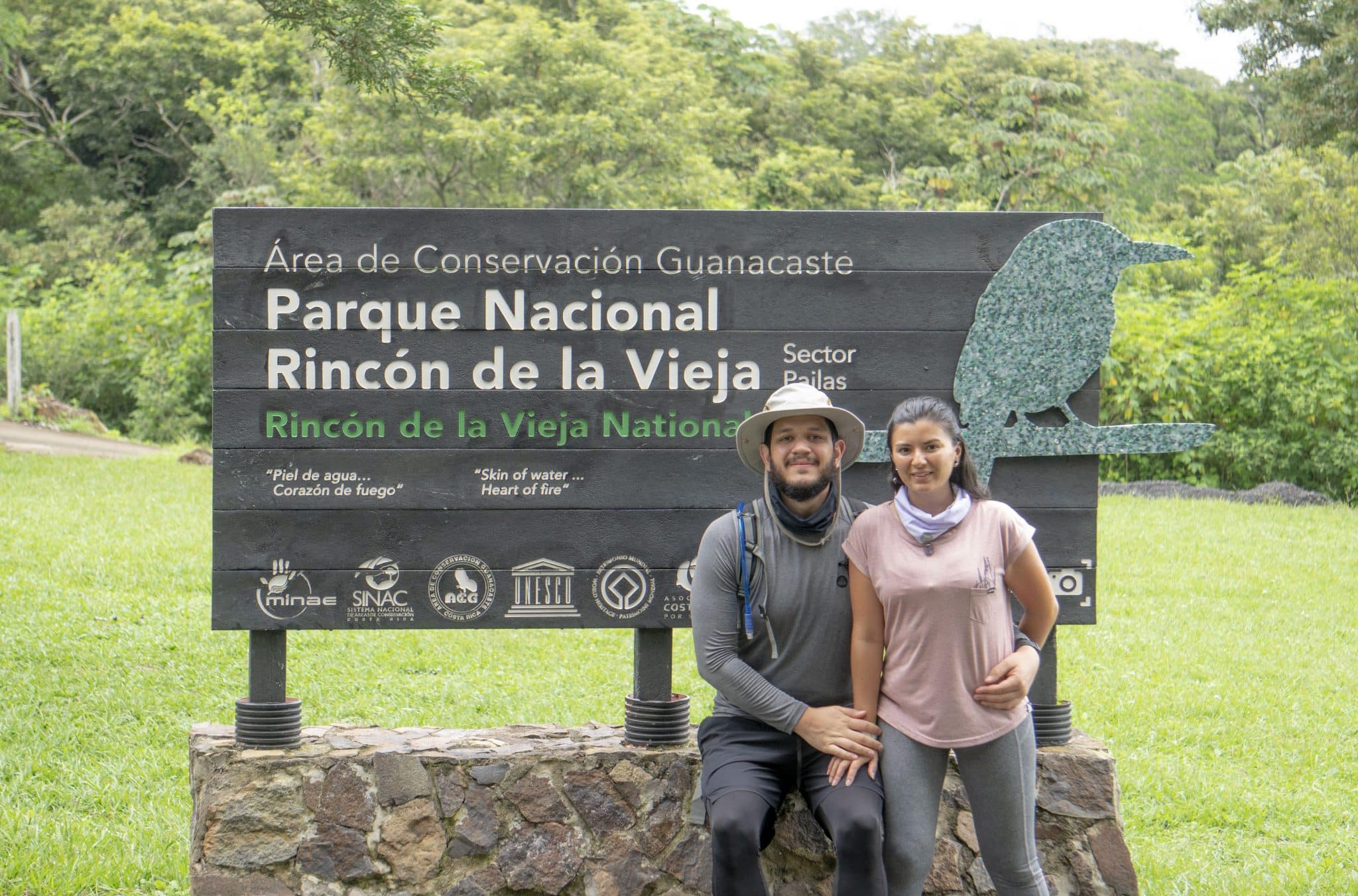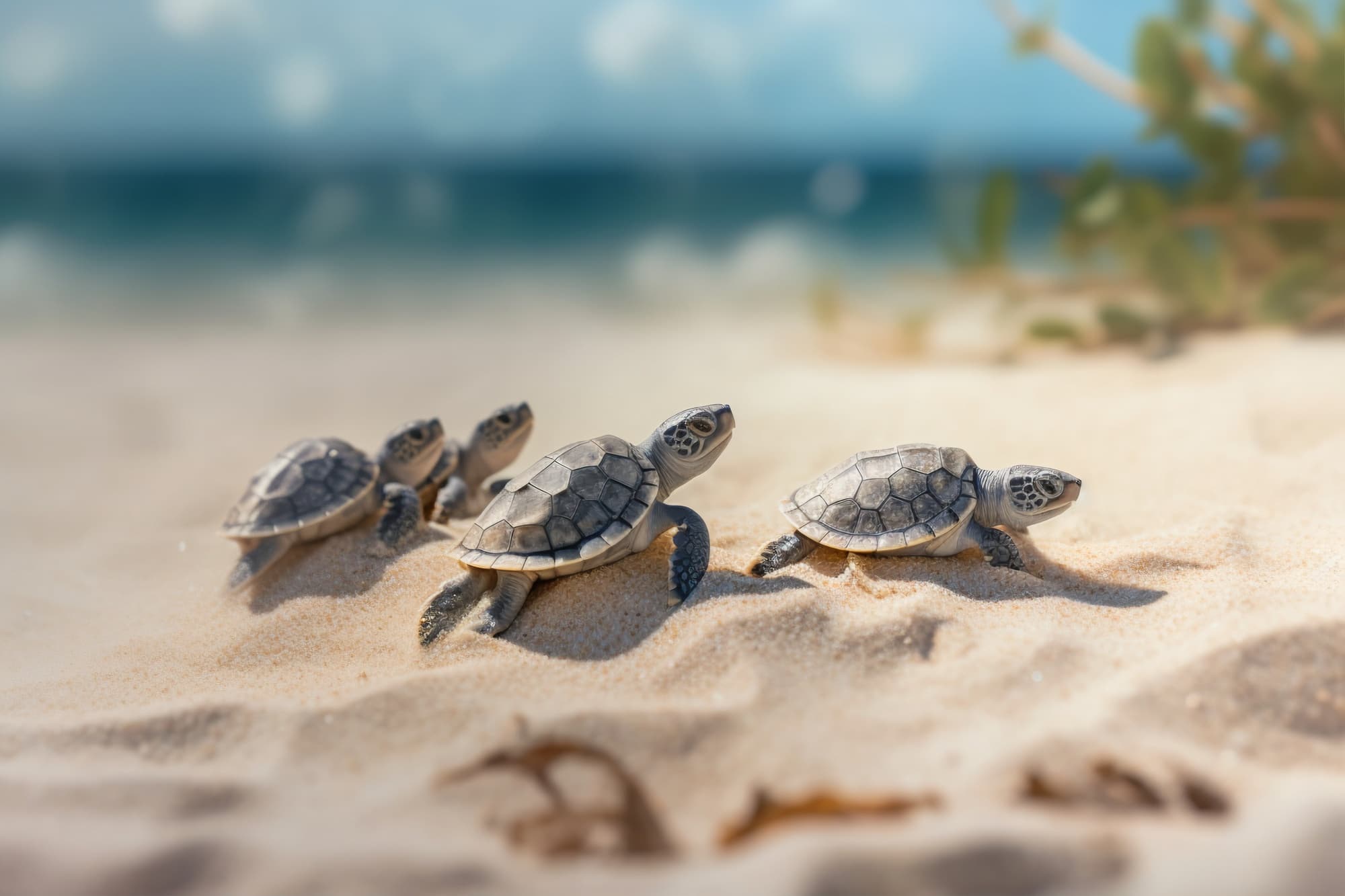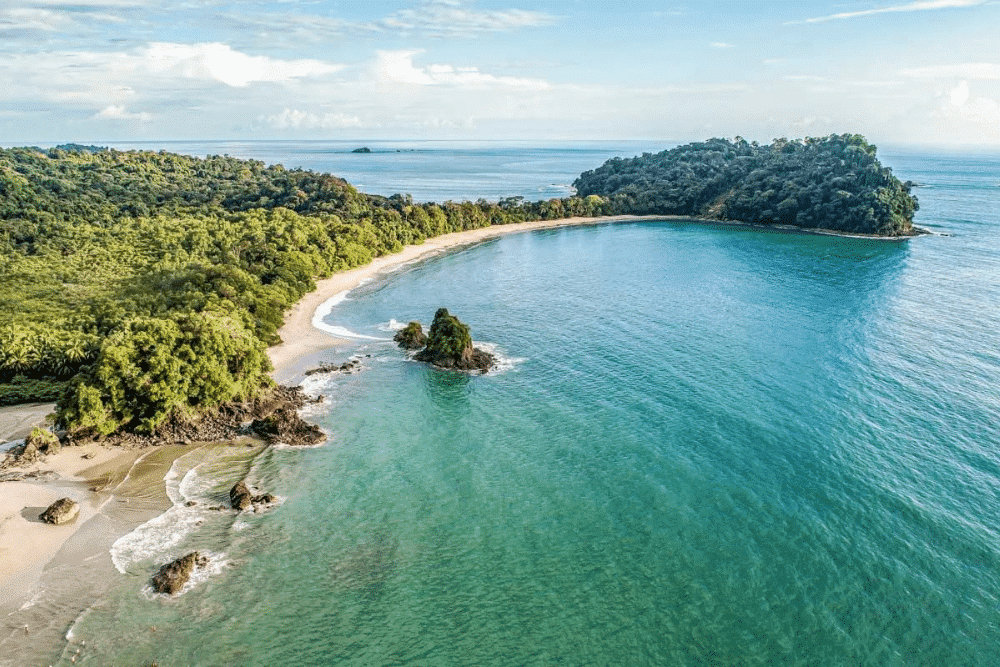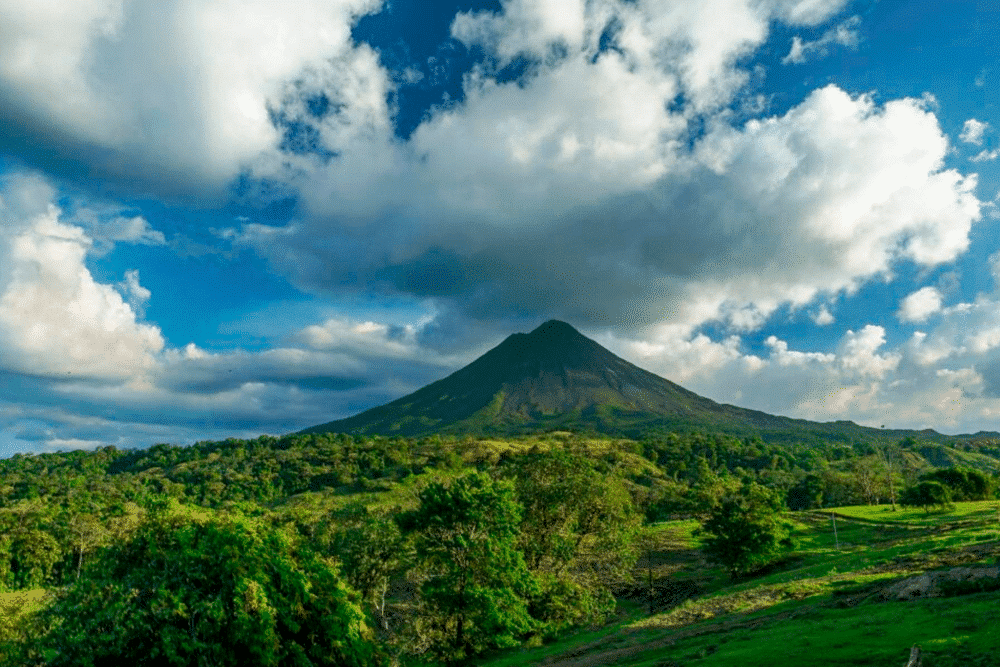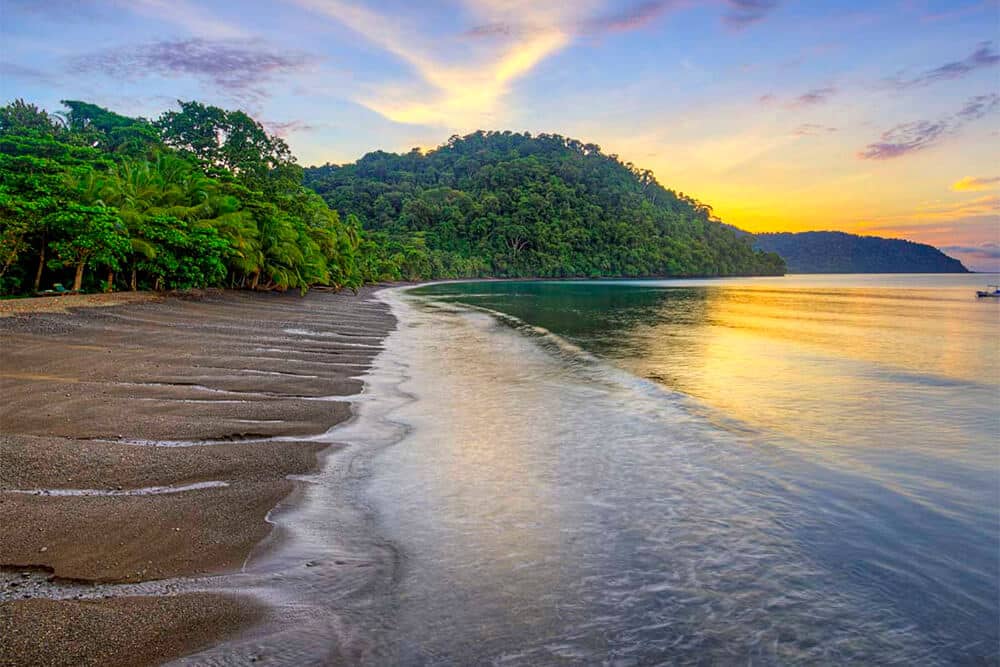[vc_row][vc_column][vc_column_text css=”.vc_custom_1521160075012{margin-bottom: 0px !important;}”]
Hundreds of leatherback sea turtles started life as hatchlings on Costa Rica’s Playa Grande, just north of Tamarindo. This is the time of year for nesting
One of the most famous places in Costa Rica for leatherback turtles, and their hatchlings is Playa Grande, and nesting season has arrived. Situated within Las Baulas National Marine Park, the park was founded to protect its globally endangered namesake (las baulas).
Leatherbacks sightings occur throughout the year, but nesting season is the annual event that puts the beach in the conservation spotlight. Each year, between October and March, female leatherbacks heave themselves up the beach at high tide to build their nests and lay their eggs under a cover of darkness. The females lay eggs about every 10 days, up to 12 times per season.
Costa Rica has an international reputation for eco-tourism. Rightly famous for its biodiversity, the country’s efforts to conserve threatened leatherbacks rely as much on tourists, as on its programs. Sea turtles are extremely light sensitive, as well as sensitive to the vibrations of people walking nearby.
Tour guides explain best practices to participants:
-
Flashlights and camera flashes are prohibited. Professional photographers can apply for a license.
-
Keep away from the nesting females; don’t touch them and certainly, don’t clamber on them.
-
Be respectful of the environment and others on the tour.
Formerly, locals harvested and sold turtle eggs to make a living. Now that poaching the eggs is illegal, many have turned their knowledge instead toward tourism, becoming certified guides through the Local Guide Association in Tamarindo. The association requires completion of an accredited course before certifying local guides. Tours run $35 per person, the park entrance fee, $10, may or may not be included.
By day, access to Playa Grande is free. By night, a permit and local guide are required between 6:00 p.m. and 6:00 a.m and registration is required at the Las Baulas ranger station in Playa Grande. From dusk to dawn, the beach is strictly off limits to anyone without a permit. Anyone on the beach without a permit will be escorted off the beach (first offense) or fined $1,000 (subsequent offenses).
In the past, as many as 100 turtles would come ashore nightly to nest. Now, on a good night, perhaps only a dozen come ashore. As a result, tour numbers are now carefully controlled, with not more than 15 people per group allowed, and access to the beach is limited to 8 groups a night, for a maximum of 60 people on the beach.
Reservations are mandatory, so be sure to make reservations up to 8 days in advance. Wait times for tour access to the beach can be as much as two hours.
Eco-tourism plays a key role in the Tamarindo economy and well-respected Hotel Capitán Suizo, a beachfront boutique hotel, leads the way with its dedication to sustainable tourism. At the southernmost end of Playa Tamarindo, the hotel enjoys a tranquil setting, with bi-level rooms and bungalows offer separate living areas and private terraces. Oyster.com ranked the 34-room facility in the top 12 oceanfront hotels in Costa Rica. Hotel staff are knowledgeable and ready to help guests find their turtle tour.
The Leatherback Trust, in partnership with Las Baulas National Marine Park and Earthwatch, supports research and conservation efforts to reverse the dramatic declines in the Eastern Pacific leatherback population. The Playa Grande-based organization’s volunteers help by patrolling the beach during nesting season, collecting data, and monitoring nests.
Since 1990, the leatherback population has declined by 98%; even though 70% of leatherback females return annually to nest on Playa Grande, Eastern Pacific leatherbacks face extinction because of pollution, habitat encroachment, development, and poaching.
Leatherbacks are key indicators for the well-being of six other species of sea turtles, as well as other marine life impacted by industrial fishing, pollution, development and climate change. Playa Grande is the last mass nesting site for these long-lived creatures that have inhabited the earth for the last 110 million years.
[/vc_column_text][/vc_column][/vc_row][vc_row][vc_column][mk_padding_divider][/vc_column][/vc_row][vc_row fullwidth=”true” fullwidth_content=”false” css=”.vc_custom_1520619632050{background-color: #0e2960 !important;}”][vc_column][vc_wp_text][static_block_content id=”1426″][/vc_wp_text][/vc_column][/vc_row]


